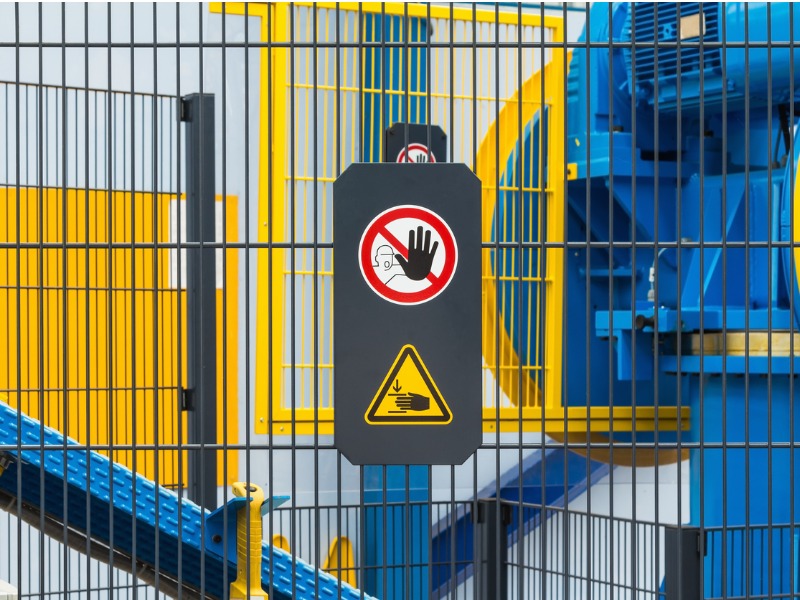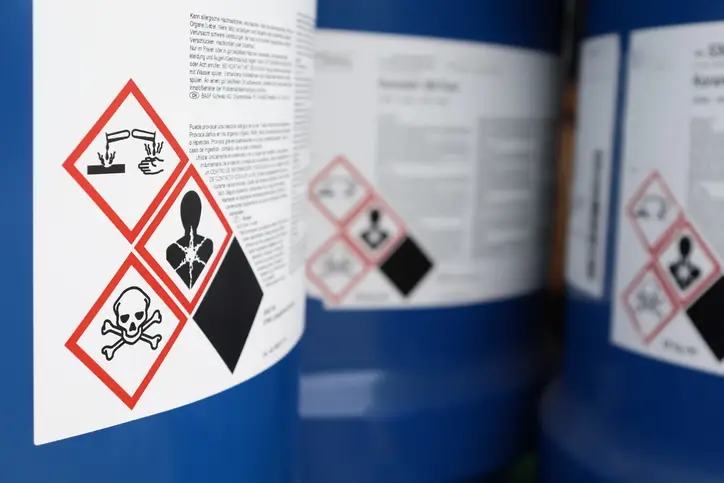The Top 10 OSHA Violations of 2022: A Comprehensive Review
Introduction: The Occupational Safety and Health Administration (OSHA) is a vital organization dedicated to ensuring safe and healthy working conditions for millions of employees across the United States. Every year, OSHA releases a list of the top 10 most common violations to raise awareness and encourage businesses to address these issues proactively. In this blog, we will take a closer look at the top 10 OSHA violations of 2022 and provide recommendations on how to avoid them.
- Fall Protection (1926.501): As in previous years, fall protection remains the most cited OSHA violation in 2022. Employers must provide proper fall protection systems to prevent employees from falling off elevated work areas, such as roofs, ladders, and scaffolds. Employers should establish clear fall protection policies to avoid this violation and invest in proper equipment, such as guardrails, safety nets, and personal fall arrest systems.
- Hazard Communication (1910.1200): Hazard communication violations stem from inadequate information about hazardous chemicals in the workplace. Employers must have a written hazard communication program, train employees to recognize hazards, and provide appropriate labels and safety data sheets (SDSs). Ensuring proper labeling and employee training can help reduce these violations.
- Scaffolding (1926.451): Scaffolding violations occur when employers fail to provide safe and properly constructed scaffolds, leading to falls and accidents. Employers should ensure all scaffolding is designed, erected, and maintained according to OSHA standards to prevent these incidents.
- Lockout/Tagout (1910.147): Lockout/tagout violations happen when employers don’t establish procedures for de-energizing equipment, leading to unexpected startups and hazardous energy releases. To avoid this, employers should create and enforce lockout/tagout policies and provide training on these procedures to all affected employees.
- Respiratory Protection (1910.134): Respiratory protection violations are cited when employers don’t provide adequate protection against airborne contaminants or fail to establish a proper respiratory protection program. Employers should assess workplace hazards, select appropriate respirators, and train employees on their proper use and maintenance.
- Ladders (1926.1053): Ladder-related violations occur when ladders are improperly used or maintained. Employers should ensure that ladders are in good condition and that employees follow safe practices, such as maintaining three points of contact and not overreaching.
- Powered Industrial Trucks (1910.178): These violations involve the improper operation or maintenance of powered industrial trucks, such as forklifts. Employers should provide necessary training and certification, conduct regular inspections, and ensure proper maintenance of these vehicles.
- Machine Guarding (1910.212): When employers fail to provide proper guards or barriers to protect employees from hazardous moving parts, machine guarding violations occur. To avoid this, employers should install appropriate guards and ensure employees are trained on their proper use and maintenance.
- Fall Protection Training (1926.503): These violations happen when employers don’t provide adequate fall protection training to their employees. To prevent this, employers should develop comprehensive fall protection training programs and ensure that all employees exposed to fall hazards receive proper instruction.
- Eye and Face Protection (1926.102): Eye and face protection violations stem from the failure to provide adequate protection against flying debris, chemicals, and other hazards. Employers should conduct hazard assessments and provide appropriate protective equipment, such as safety glasses, goggles, or face shields.
Here are some additional tips to help prevent these common violations and create a safer workplace:
OSHA has designed some safety training that dispenses knowledge of site safety and its hazards. These training are mainly known as OSHA Outreach Training courses and are a combination of OSHA 10-Hour and OSHA 30-Hour courses which will help beginner-level. Managerial-level workers gain the relevant knowledge of OSHA Standards and workplace hazards.
- Conduct Regular Inspections: Regular inspections of your workplace can help identify potential hazards and ensure compliance with OSHA regulations. Appoint a safety officer or team to conduct these inspections and address any issues.
- Provide Ongoing Training: Regular safety training is crucial for keeping employees informed and aware of potential hazards. Ensure all employees receive training on relevant safety procedures and equipment, and update training materials as needed. OSHA Training courses like OSHA 30-Hour can also help employees learn about site safety and its hazards.
- Encourage Open Communication: Foster a culture where employees feel comfortable reporting safety concerns and near-miss incidents. This allows management to address potential hazards proactively and prevent accidents from occurring.
- Implement a Safety Management System: A safety management system provides a structured approach to managing workplace safety. By implementing such a system, businesses can establish clear safety policies, goals, and procedures that help prevent accidents and ensure compliance with OSHA regulations.
- Reward Safe Behavior: Recognize and reward employees for following safety procedures and proactively addressing hazards. This helps improve safety culture and encourages employees to take ownership of their workplace safety.
Conclusion:
By understanding the top 10 OSHA violations of 2022, employers can take proactive steps to create a safer working environment for their employees. In addition to adhering to OSHA regulations, businesses should prioritize safety culture, employee engagement, and ongoing training to reduce workplace accidents and injuries further.
In conclusion, understanding and addressing the top 10 OSHA violations of 2022 is essential to creating a safe and compliant work environment. By taking a proactive approach to workplace safety, employers can reduce the risk of accidents, improve employee morale, and avoid costly fines and penalties.




